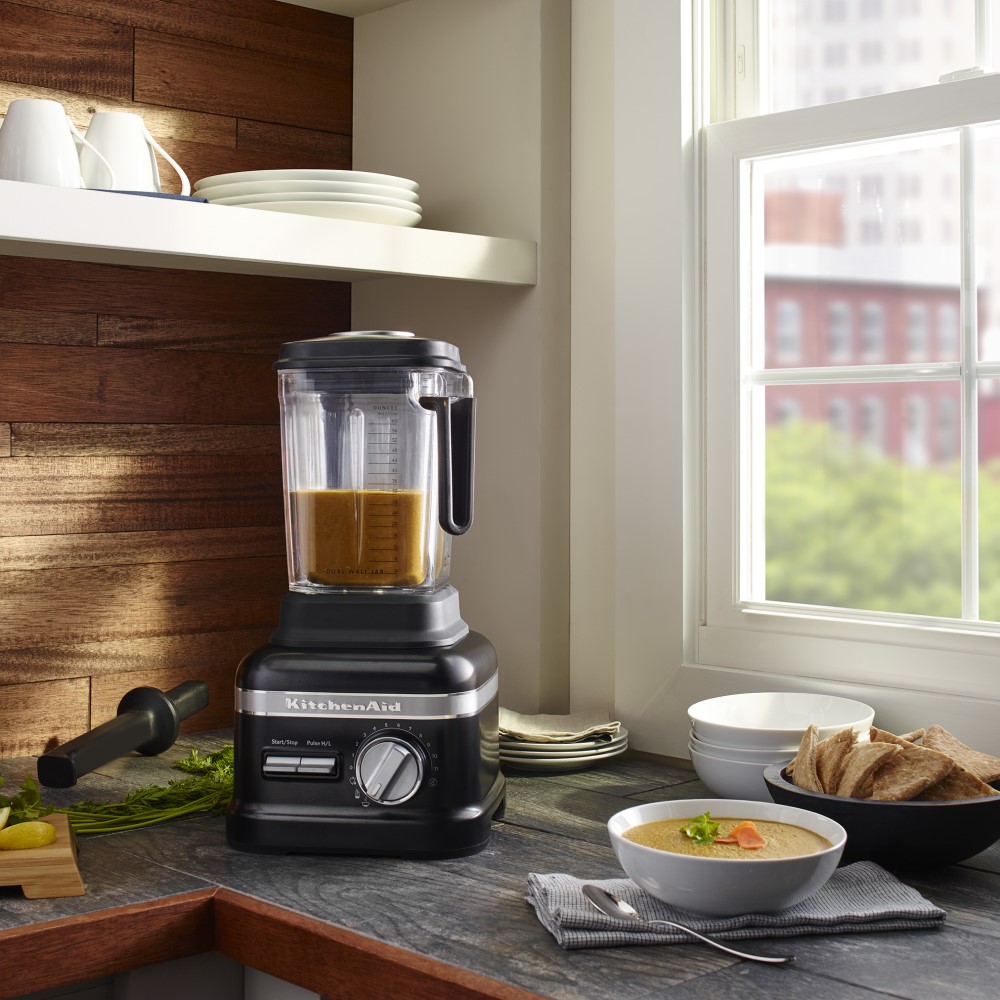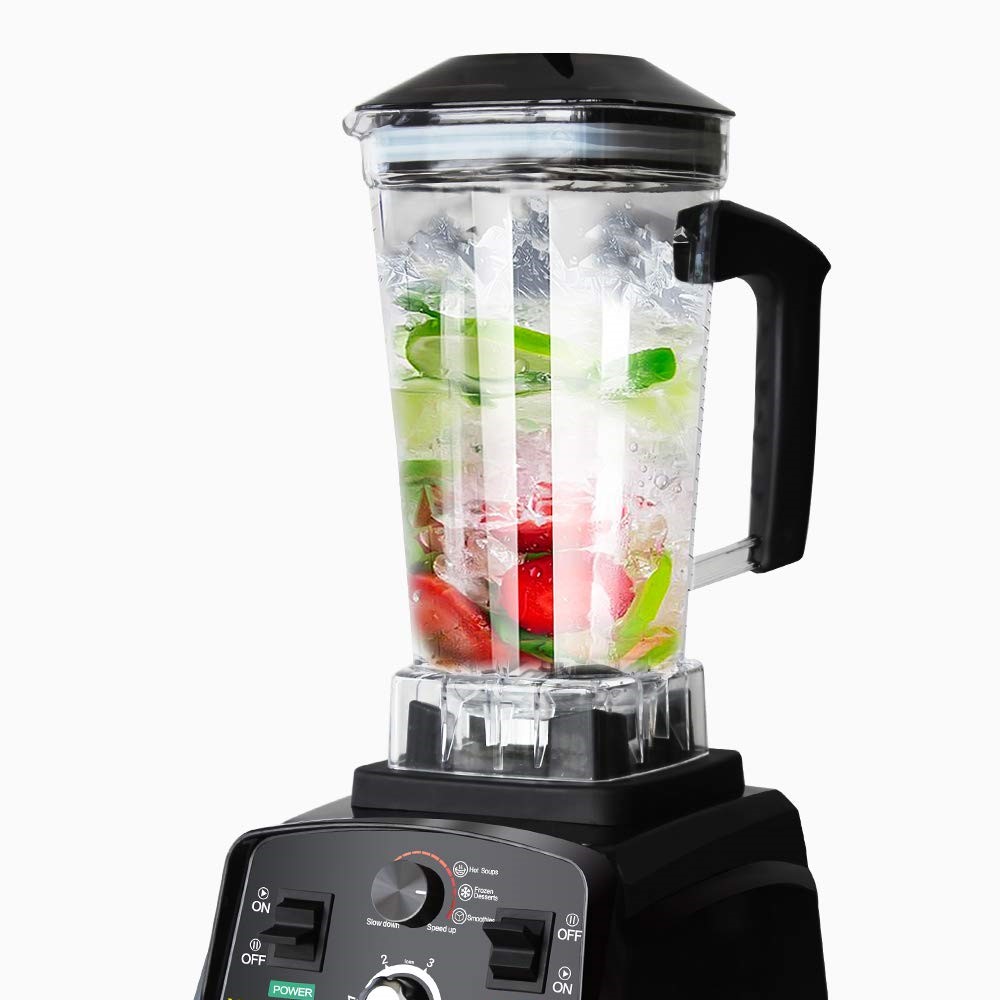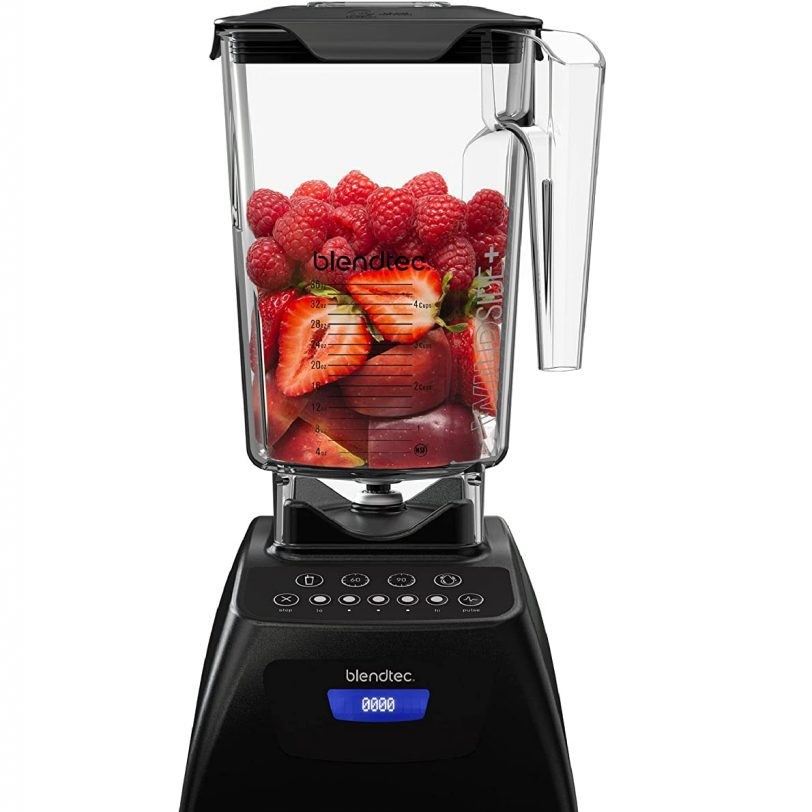
When it comes to food preparation tools in the kitchen, blenders and food processors are two of the most common appliances that people use. Many home cooks often find themselves asking the question: can a blender be used as a food processor? The answer is somewhat nuanced, as both devices serve different purposes, but with a bit of creativity and understanding of their functionalities, it is possible to use a blender as a substitute for a food processor. In this article, we will explore both appliances, delve into their similarities and differences, and provide guidance on how to effectively use a blender as a food processor.
Understanding the Basics: Blenders vs. Food Processors
What is a Blender?
A blender is a kitchen appliance designed to puree, emulsify, and blend ingredients. It typically consists of a motor base, a tall container with a blade at the bottom, and various speed settings. Blenders excel at creating smooth textures, making them ideal for smoothies, soups, sauces, and beverages.
What is a Food Processor?
A food processor, on the other hand, is a more versatile kitchen appliance designed for a variety of tasks such as chopping, slicing, shredding, mixing, and kneading. It usually comes with multiple attachments and blades, allowing it to handle a broader range of food preparation tasks beyond pureeing.
Functional Differences Between Blenders and Food Processors
Blade Design and Movement
Blenders have blades that are fixed in a specific orientation, allowing them to create a vortex that pulls ingredients down towards the blades for uniform blending. This design is optimal for liquefying ingredients but limited when it comes to chopping or shredding.
Food processors feature interchangeable blades and discs that can be swapped out depending on the task. Their blades often move in different directions or have different shapes, enabling them to perform cutting, slicing, and shredding with greater efficiency.
Container Size and Shape
Blenders typically have tall, narrow containers designed to facilitate the vortex effect needed for smooth blending. This shape, while excellent for liquids, can be limiting when processing larger or bulkier ingredients.
Food processors usually come with wider, shorter bowls that provide ample space for chopping and mixing solid ingredients without them all being forced to the bottom. This design is conducive to handling a variety of food textures and sizes.
Motor Power and Speed Settings
While both appliances boast powerful motors, blenders often emphasize higher speed settings intended for creating smooth, liquid textures. Food processors, however, offer a wider range of speed settings and more precise control, allowing for different textures from coarse chopping to fine mincing.
Can a Blender Handle Food Processing Tasks?
Chopping and Slicing
When it comes to chopping vegetables or slicing fruits, a blender falls short compared to a food processor. The fixed blade and vertical container of a blender make it challenging to achieve uniform, consistent chopping. Additionally, the absence of interchangeable blades limits the blender’s ability to perform slicing tasks effectively.
Shredding and Grating
Shredding cheese, grating vegetables, or even zesting citrus fruits requires precision that blenders are not designed to provide. Food processors come equipped with shredding and grating attachments that allow for effortless and consistent results, which a standard blender cannot achieve.
Mixing and Kneading Dough
For tasks like mixing dough or creating emulsions, a food processor is far superior. The robust motor and versatile attachments of a food processor make it capable of handling thick doughs and ensuring even mixing without overburdening the appliance. Blenders, lacking the necessary attachments and motor control, struggle with such tasks and are prone to overheating when used for heavy-duty mixing.
Situations Where a Blender Can Substitute for a Food Processor
Making Smooth Purees and Soups
In scenarios where the primary need is to create smooth purees or blended soups, blenders can effectively substitute for food processors. Their design is optimized for achieving uniform smoothness, making them ideal for recipes that require a liquid or creamy consistency.
Preparing Smooth Sauces and Dressings
For sauces like marinara, vinaigrettes, or creamy dressings, a blender can perform just as well as a food processor. The blending action ensures that ingredients are thoroughly combined and emulsified, resulting in a consistent texture.
Creating Smooth Beverages and Smoothies
Blenders are specifically designed for making beverages such as smoothies, milkshakes, and other liquid-based drinks. Their ability to quickly pulverize fruits, vegetables, and ice makes them the perfect tool for this purpose.
Limitations of Using a Blender as a Food Processor
Inconsistent Texture Control
Food processors excel at providing control over the texture of the ingredients, whether you want a coarse chop or a fine mince. Blenders, however, are limited in this aspect, often resulting in a more uniform, potentially over-processed texture.
Difficulty with Dry Ingredients
Blenders are not well-suited for handling dry ingredients like nuts, seeds, or grains. Food processors can manage these without issues, thanks to their more robust blade mechanisms and varied speed settings.
Size Constraints
When dealing with large quantities or bulky ingredients, the narrow, tall design of a blender can be a limitation. Food processors offer wider bowls that accommodate larger batches, making them more efficient for substantial food preparation tasks.
Enhancing a Blender’s Functionality for Food Processing Tasks
Using Pulse Functions
Some high-end blenders come equipped with pulse functions, which allow for more controlled processing. By pulsing instead of continuously blending, you can achieve a slightly coarser texture, making it somewhat easier to handle tasks like chopping vegetables.
Incorporating Attachments and Accessories
Certain blender models offer attachments or accessories that can extend their functionality. For example, some blenders come with chopping bowls or additional blades designed to mimic the functionality of a food processor. While these can somewhat bridge the gap, they often do not match the versatility and efficiency of dedicated food processor attachments.
Strategic Ingredient Placement
To maximize a blender’s capability in processing tasks, strategically layering ingredients can help. Placing tougher ingredients at the bottom and lighter ones on top can improve blending efficiency. However, this technique has its limits and doesn’t fully compensate for the structural and functional differences between blenders and food processors.
Comparing Performance: Case Studies
Case Study 1: Chopping Onions
Using a blender to chop onions presents challenges due to the appliance’s design. Onions tend to get pulverized rather than chopped, resulting in a texture closer to a puree than the desired finely chopped pieces. In contrast, a food processor easily handles chopping onions, yielding uniformly cut pieces with minimal effort.
Case Study 2: Making Pie Crust
Creating a pie crust requires precise mixing of fat and flour to achieve the correct texture without overworking the dough. A food processor excels in this task with its controlled mixing and appropriate attachments. A blender, lacking the necessary control and attachments, struggles to replicate this process effectively, often resulting in a less desirable consistency.
Case Study 3: Preparing Salsa
Preparing salsa involves chopping tomatoes, onions, peppers, and other ingredients to a specific texture. A food processor can achieve a finely chopped salsa with ease, while a blender might over-process the ingredients, leading to a less desirable, more liquid consistency.
Cost and Space Considerations
Purchasing Cost
Blenders and food processors vary widely in price based on their features, brand, and functionality. Multi-functional blenders with attachments can approach the cost of basic food processors. However, specialized or high-end food processors often carry a higher price tag due to their additional features and versatile capabilities.
Kitchen Space and Storage
For those with limited kitchen space, having one appliance that can perform multiple functions is advantageous. While a blender can handle certain food processing tasks, the lack of complete functionality means that you might still need a dedicated food processor for specific tasks, potentially negating the space-saving benefits.
Maintenance and Cleaning
Blenders generally have fewer parts and are easier to clean compared to food processors, which come with multiple blades and attachments. However, the added accessories required to enhance a blender’s functionality for food processing can increase the complexity of the cleaning process.
Making the Right Choice for Your Kitchen Needs
Assessing Your Cooking Habits
Before deciding whether to use a blender as a food processor, consider your cooking habits and the types of recipes you frequently prepare. If your culinary endeavors primarily involve blending smoothies, soups, and sauces, a high-quality blender may suffice. However, if you regularly engage in tasks like chopping vegetables, shredding cheese, or kneading dough, investing in a dedicated food processor would be more beneficial.
Evaluating Appliance Quality and Features
Not all blenders and food processors are created equal. Assess the quality, power, and features of the appliances available to ensure they meet your specific needs. High-performance blenders with variable speed settings and pulse functions offer greater versatility, while food processors with multiple attachments can handle a wider range of tasks.
Considering Budget Constraints
Budget is always a consideration when purchasing kitchen appliances. While maintaining two separate appliances can be more expensive, opting for a high-end blender with supplementary attachments might provide a balance between functionality and cost. Alternatively, purchasing a basic food processor may cover more tasks if you prefer not to invest in multiple appliances.
Alternative Solutions: Multi-Functional Appliances
All-in-One Kitchen Machines
Modern kitchen appliances, such as all-in-one kitchen machines, offer the functionality of both blenders and food processors in a single unit. These multifunctional devices often come with a variety of attachments, allowing them to handle chopping, blending, mixing, and even cooking. While they can be more expensive, they provide a comprehensive solution for diverse kitchen needs.
Immersion Blenders with Attachments
Immersion blenders, also known as stick blenders, are another alternative that offers some versatility. With the addition of various attachments, they can perform certain food processing tasks. However, their functionality still pales in comparison to dedicated food processors, especially for larger or more complex tasks.
Pros and Cons: Blender as a Food Processor
Pros
- Cost-Effective: Using a blender for multiple tasks can save money by reducing the number of appliances needed.
- Space-Saving: Ideal for kitchens with limited storage space.
- Easy to Clean: Fewer parts mean quicker and simpler cleaning.
Cons
- Limited Functionality: Cannot perform all food processing tasks effectively.
- Inconsistent Results: May not achieve the desired texture for certain recipes.
- Overheating Risk: Heavy-duty tasks can strain the blender’s motor, leading to potential overheating.
Expert Opinions and Recommendations
Culinary Professionals
Many culinary professionals recommend having both a high-quality blender and a dedicated food processor to fully equip a kitchen for a wide range of tasks. Each appliance excels in its designated functions, ensuring efficiency and quality in food preparation.
Home Cooking Enthusiasts
For home cooks who primarily blend liquids and soft ingredients, a robust blender may suffice. However, those who enjoy experimenting with various recipes that require chopping, slicing, and other food processing tasks might find a food processor to be an indispensable tool.
Appliance Manufacturers
Manufacturers often highlight the unique strengths of each appliance, emphasizing that while there is some overlap, blenders and food processors are optimized for different purposes. High-end models may offer features that blur the lines, but the core functionalities remain distinct.
Future Trends: The Evolution of Kitchen Appliances
Integration of Smart Technology
The integration of smart technology into kitchen appliances is a growing trend. Future blenders and food processors may offer enhanced connectivity, allowing for more precise control and automation of tasks. These advancements could potentially increase the versatility of blenders, making them more capable of handling a broader range of food processing tasks.
Multifunctional Designs
As consumers seek more efficient and space-saving solutions, manufacturers are developing more multifunctional appliances. These designs aim to consolidate the roles of multiple kitchen tools into a single unit without compromising performance.
Sustainability and Durability
There is a growing emphasis on sustainability and durability in kitchen appliance design. Future blenders and food processors are likely to feature more sustainable materials and longer-lasting components, ensuring that they remain reliable tools in the kitchen for years to come.
 Conclusion
Conclusion
In conclusion, the question of whether a blender can be used as a food processor can be answered affirmatively, but with important caveats. While blenders excel at creating smoothies, purees, and emulsifying sauces, they also have limitations in chopping, slicing, and processing heavy doughs. By understanding the strengths and weaknesses of each appliance, home cooks can confidently manipulate their cooking process using a blender when a food processor is unavailable. So the next time you find yourself in the kitchen, remember that a blender can be used as a food processor for many tasks, making it a versatile tool in your culinary arsenal.







